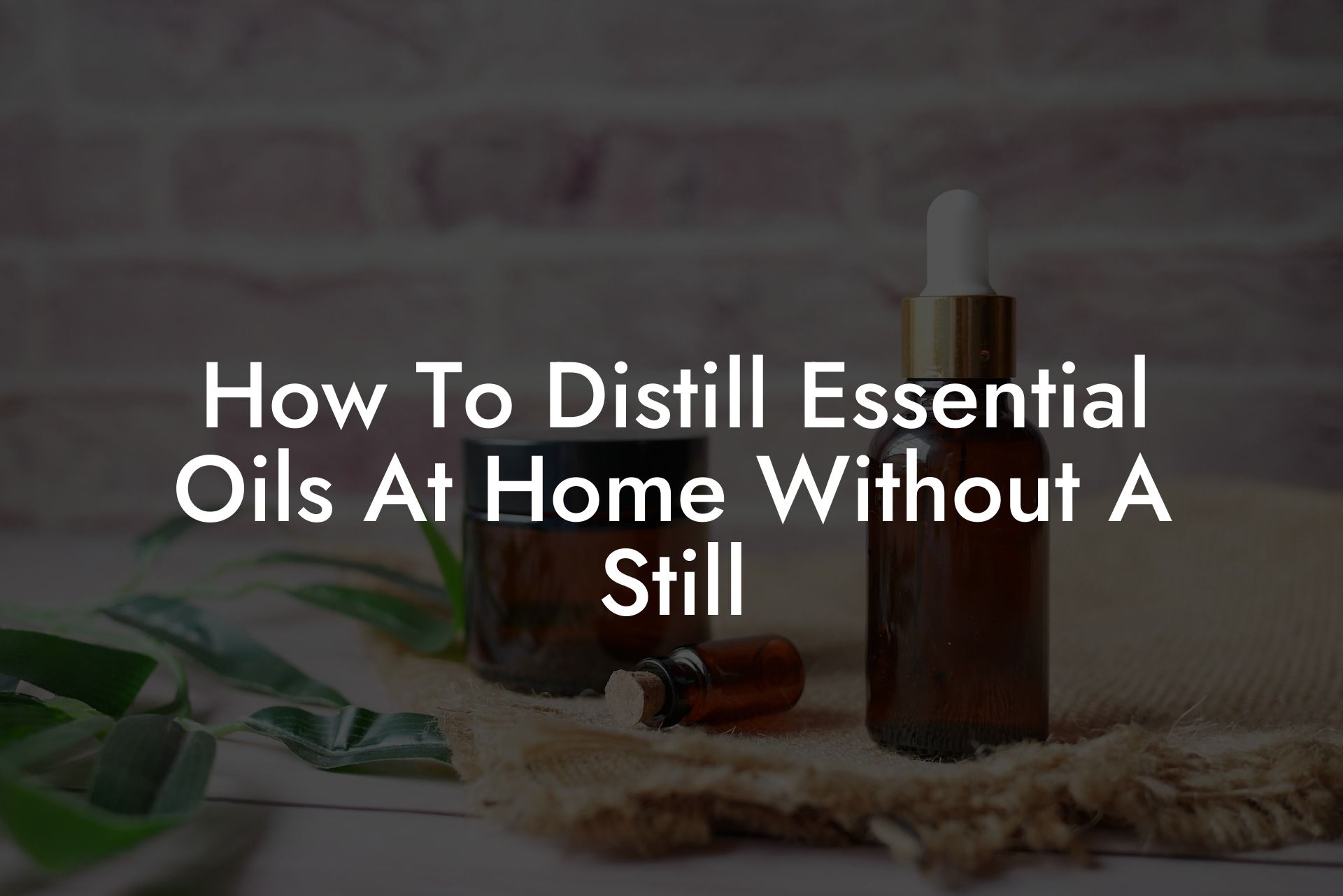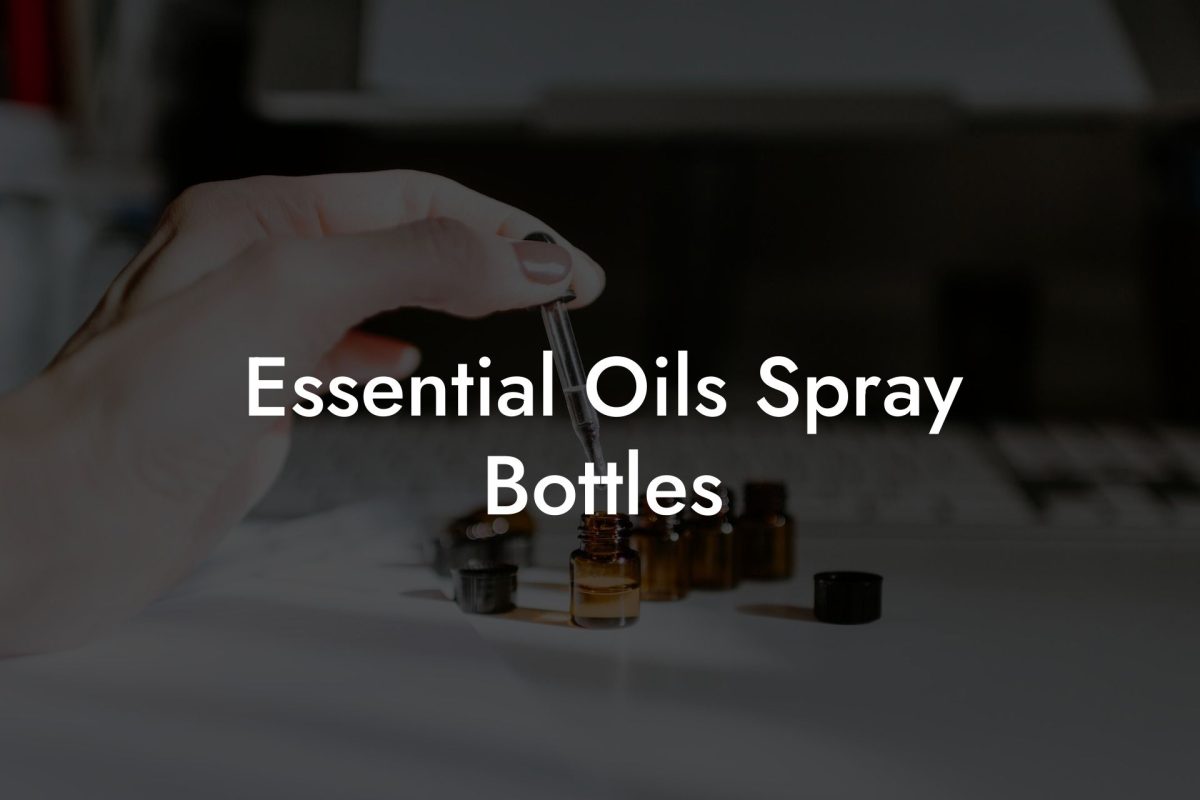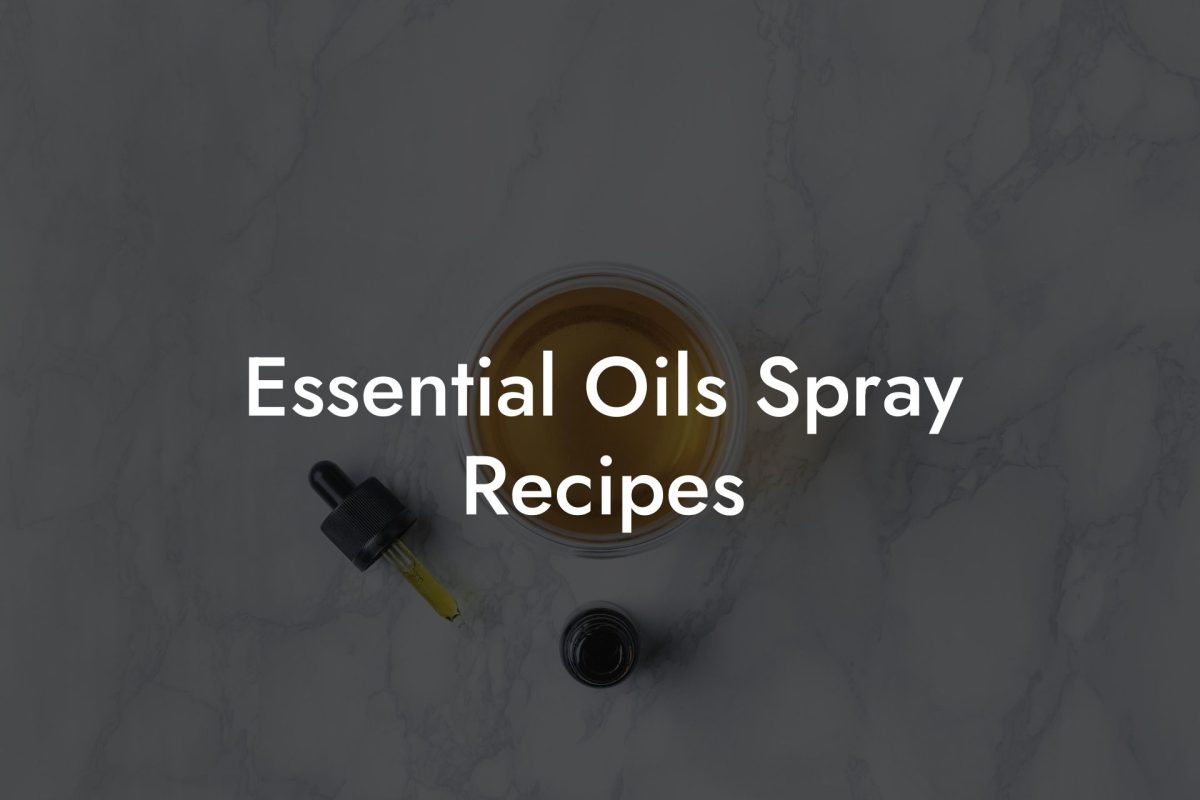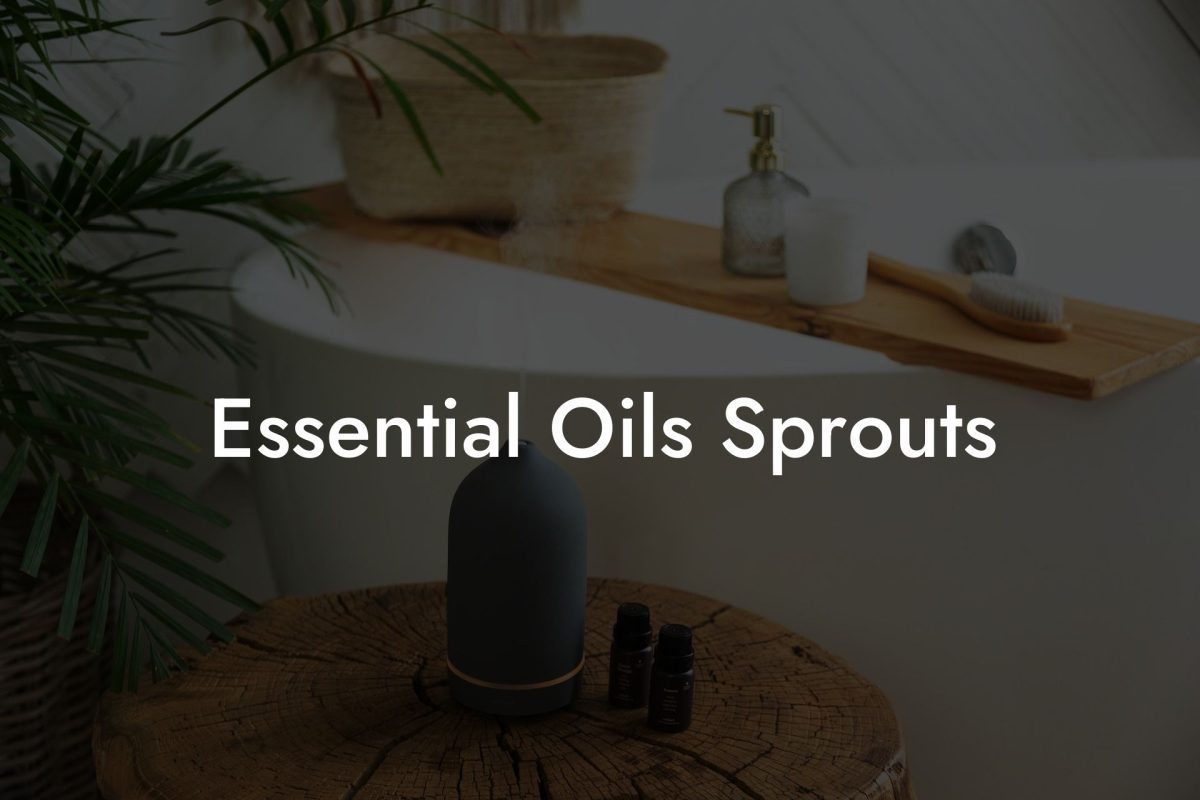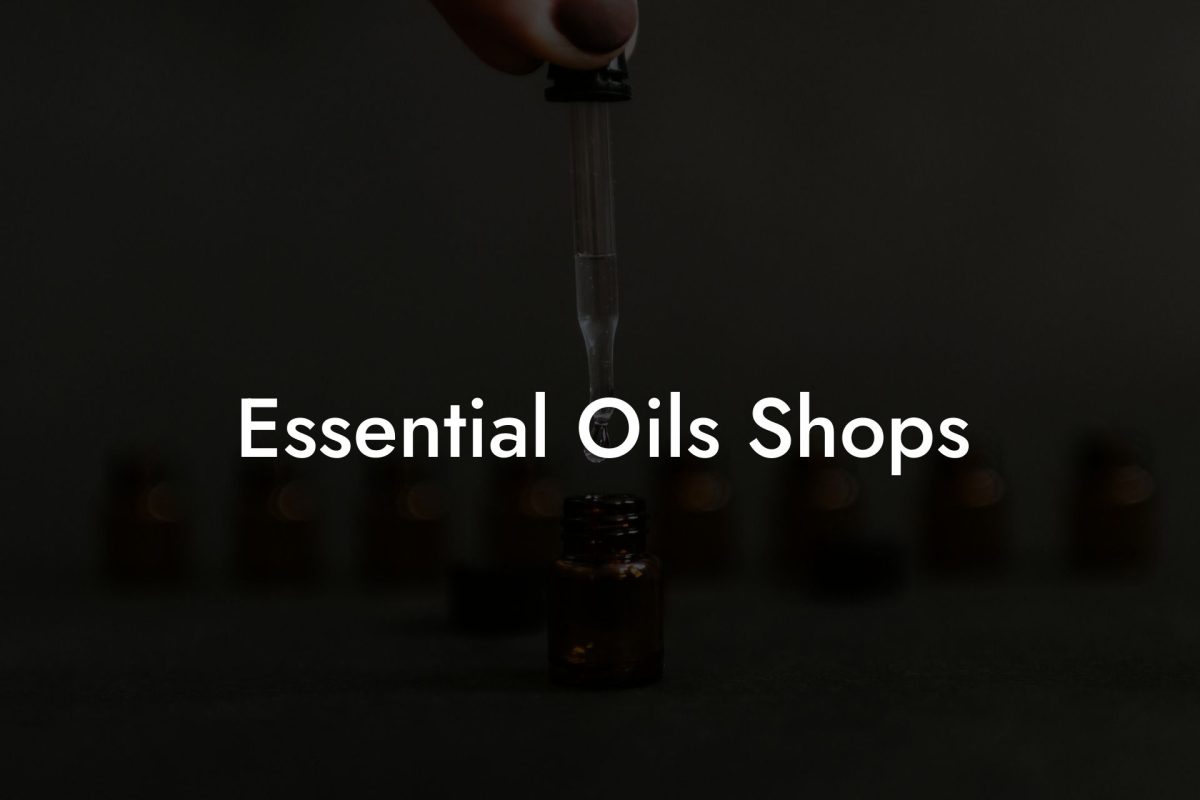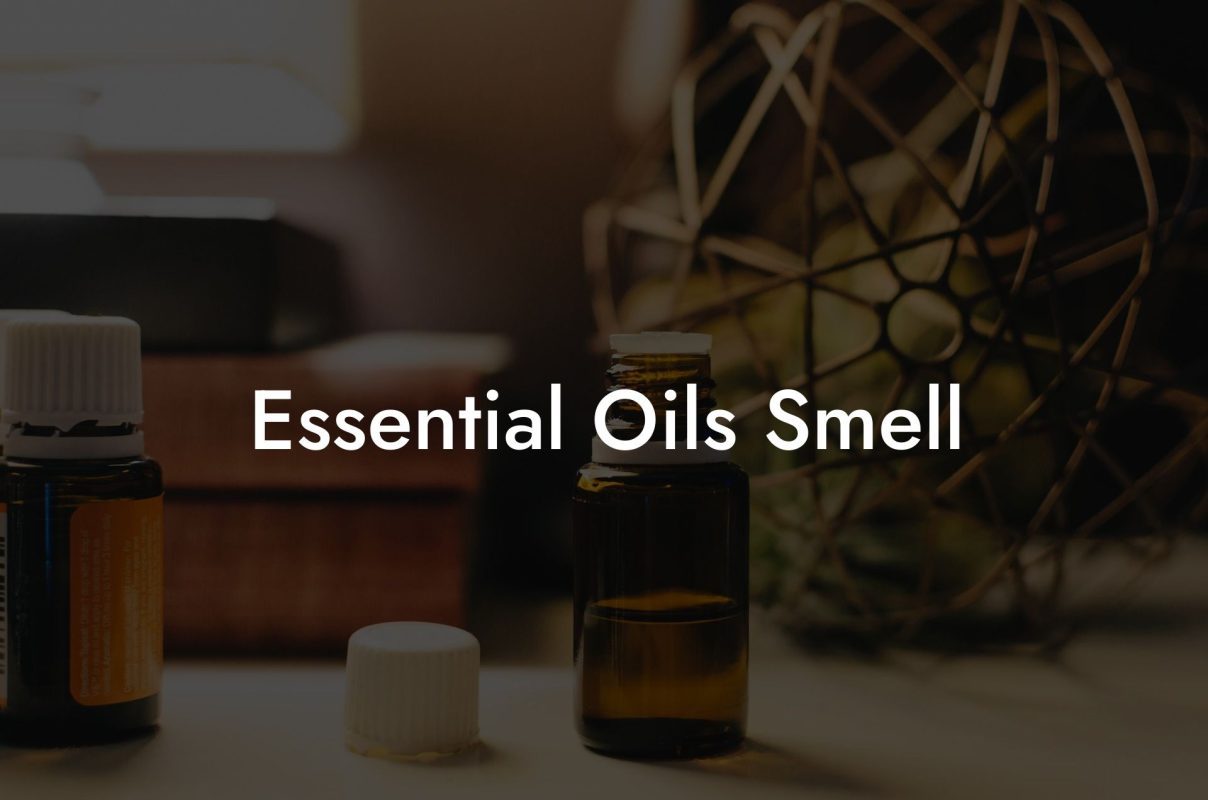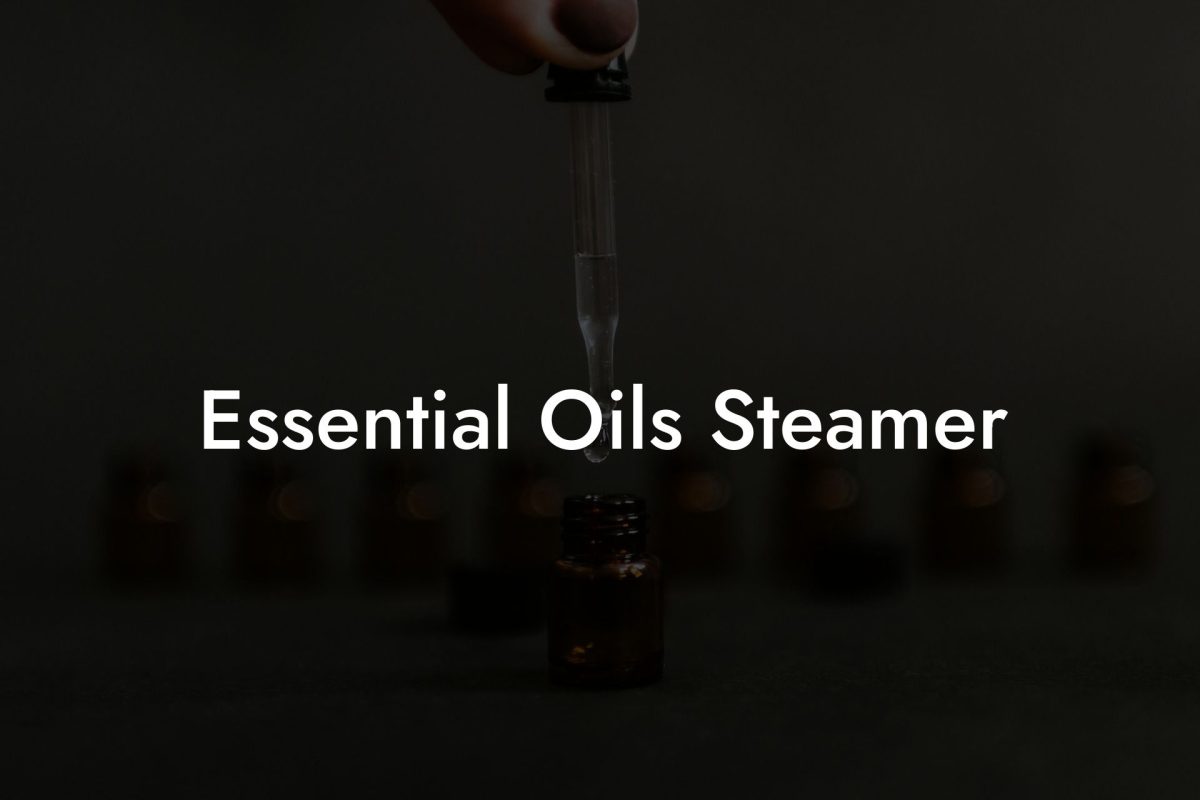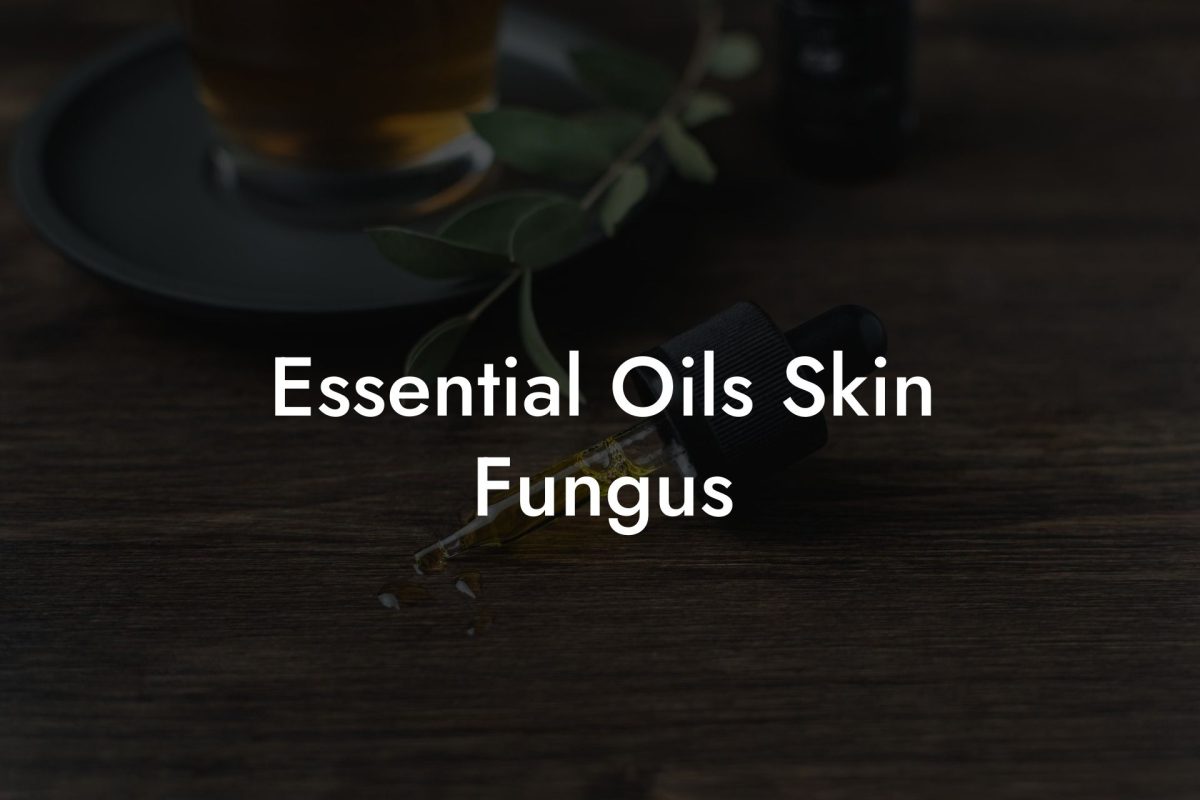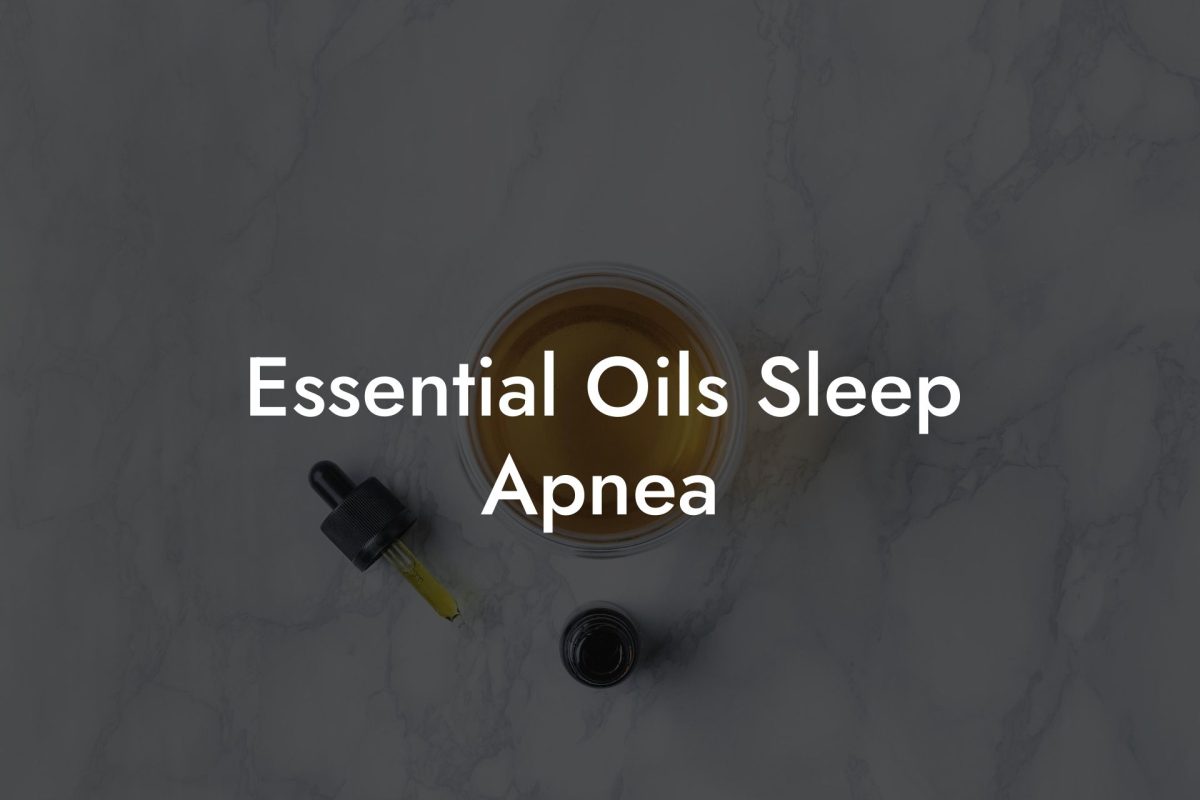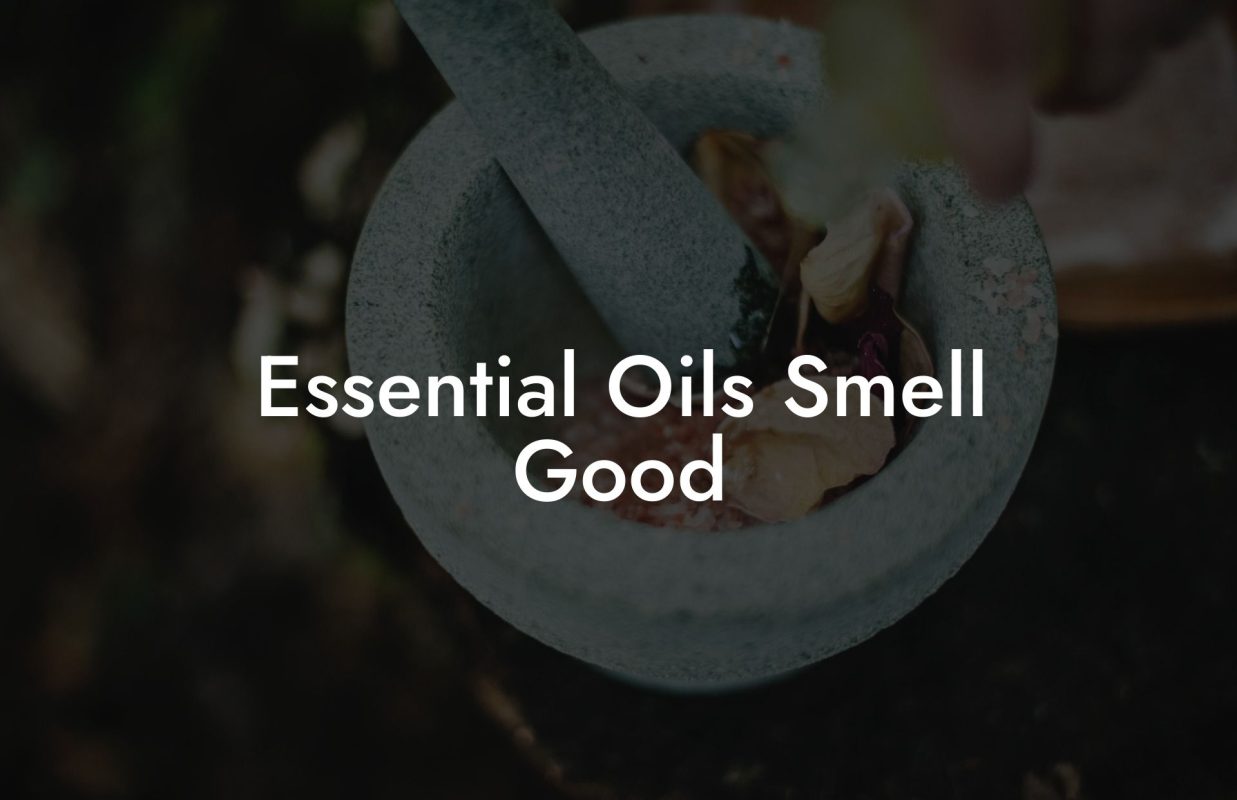As essential oils continue to rise in popularity for their numerous benefits, many people have started to explore the process of creating their own oils at home. While traditional distillation methods can be complex and require expensive equipment, there are alternative ways to extract essential oils without a still. In this article, we’ll guide you through the process of making your own essential oils at home without the need for pricey equipment or specialized training.
Table of Contents
The Basics of Essential Oil Extraction
Before we dive into the process of distilling essential oils without a still, it’s crucial to understand the basics of essential oil extraction. This is the process of separating aromatic compounds from the natural components of a plant, like flowers, leaves, or roots.
There are several methods for essential oil extraction, such as steam distillation, cold pressing, and solvent extraction. The most popular and commonly used method is steam distillation. However, this method requires a still, equipment that many people may not have access to or can’t afford.
With that in mind, let’s examine some alternative methods for essential oil extraction that don’t necessitate the use of a still.
Alternative Methods for Essential Oil Extraction
If you’re looking to distill essential oils at home without a still, there are a couple of alternative options available to you. However, keep in mind that the quality and potency of the oils produced may vary from those made with a still.
1. Cold Infusion Method
Cold infusion, or maceration, is a simple and cost-effective method for extracting essential oils from plant material. This method is best suited for plants that are not heat-sensitive, such as lavender, calendula, and chamomile.
To extract essential oils using the cold infusion method, follow these steps:
- Crush or chop the plant material. This increases the surface area for the oil to be extracted.
- Place the crushed plant material in a jar.
- Cover the plant material with a carrier oil, such as olive oil or almond oil. Make sure the plant material is fully submerged.
- Seal the jar tightly and store in a cool, dark place for 4-6 weeks, occasionally shaking the jar to mix the contents.
- After the infusion period, strain the oil through a fine mesh or cheesecloth into a clean container for storage.
2. Heat Infusion Method
Another way to extract essential oils without a still is by using the heat infusion method. This method is similar to cold infusion but uses heat to shorten the extraction time.
To extract essential oils using the heat infusion method, follow these steps:
- Follow steps 1-3 from the cold infusion method above, placing the crushed plant material and carrier oil in a jar.
- Fill a pot or slow cooker with water and place the jar inside, ensuring that the water level is lower than the jar’s lid. Heat the water on low heat for 6-8 hours.
- After the heating period, remove the jar from the pot or slow cooker and allow it to cool.
- Strain the oil through a fine mesh or cheesecloth into a clean container for storage.
How To Distill Essential Oils At Home Without A Still Example:
Let’s say you want to distill lavender essential oil at home without a still. You can use the cold or heat infusion method with the following steps:
1. Gather fresh lavender flowers and crush or chop them.
2. Place the crushed lavender in a jar.
3. Cover the lavender with a carrier oil like almond oil, ensuring it’s entirely submerged.
4. For cold infusion: Seal the jar and store it in a cool, dark place for 4-6 weeks.
5. For heat infusion: Place the jar in a pot of water and heat it on low for 6-8 hours.
6. After the infusion is complete, strain and store in a clean container.
Distilling essential oils at home without a still is a rewarding way to access the benefits these oils provide. While the methods mentioned above may not offer the same level of potency as those distilled with a still, you can still achieve good quality essential oils. Embrace the art of homemade essential oils and experience the satisfaction of crafting your unique blends. Don’t forget to share this article with friends and family who are interested in distilling their essential oils at home. Be sure to explore other guides on Oshu Oils for more information on essential oils and aromacology, and browse our range of artisan essential earth oils crafted for optimal wellbeing.

